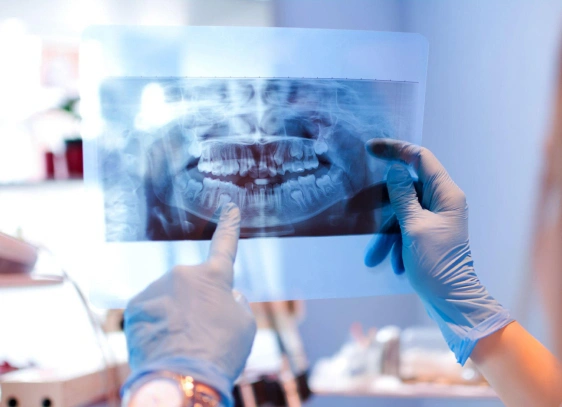
Benefits of Digital X-Rays
Dental X-rays, or radiographs, are vital diagnostic tools in pediatric dentistry. They help detect and monitor conditions such as cavities, tooth decay, misalignment, bone injuries, and other oral health issues that may not be visible during a regular exam.
The American Academy of Pediatric Dentistry (AAPD) supports the use of dental X-rays for diagnosing dental conditions in children and adolescents. Although modern digital X-rays emit very low levels of radiation and are considered safe when used judiciously, AAPD guidelines prioritize minimizing exposure to protect young patients.
Common Uses of Dental X-Rays in Children
- Assessing available space for erupting permanent teeth
- Ensuring timely shedding of primary teeth
- Tracking the progression of bone disease
- Detecting and monitoring cavities and decay
- Supporting orthodontic evaluations and treatment planning
- Identifying bone fractures, abscesses, and tumors
- Locating impacted or developing wisdom teeth
How Often Are Dental X-Rays Needed for Children?
The frequency of dental X-rays depends on your child’s specific oral health needs. Children at higher risk for tooth decay may need X-rays every six months to monitor their condition. Similarly, those with a higher risk for orthodontic concerns like malocclusion may also require more frequent imaging.
For children with a lower risk of dental issues, X-rays are typically recommended every one to two years. Even in the absence of visible concerns, regular X-rays are essential for monitoring jaw and tooth development and ensuring there is sufficient space for permanent teeth.
In cases of injury or dental trauma, immediate X-rays may be necessary. With advancements in imaging technology, targeted digital X-rays can focus on specific areas while minimizing radiation exposure.

